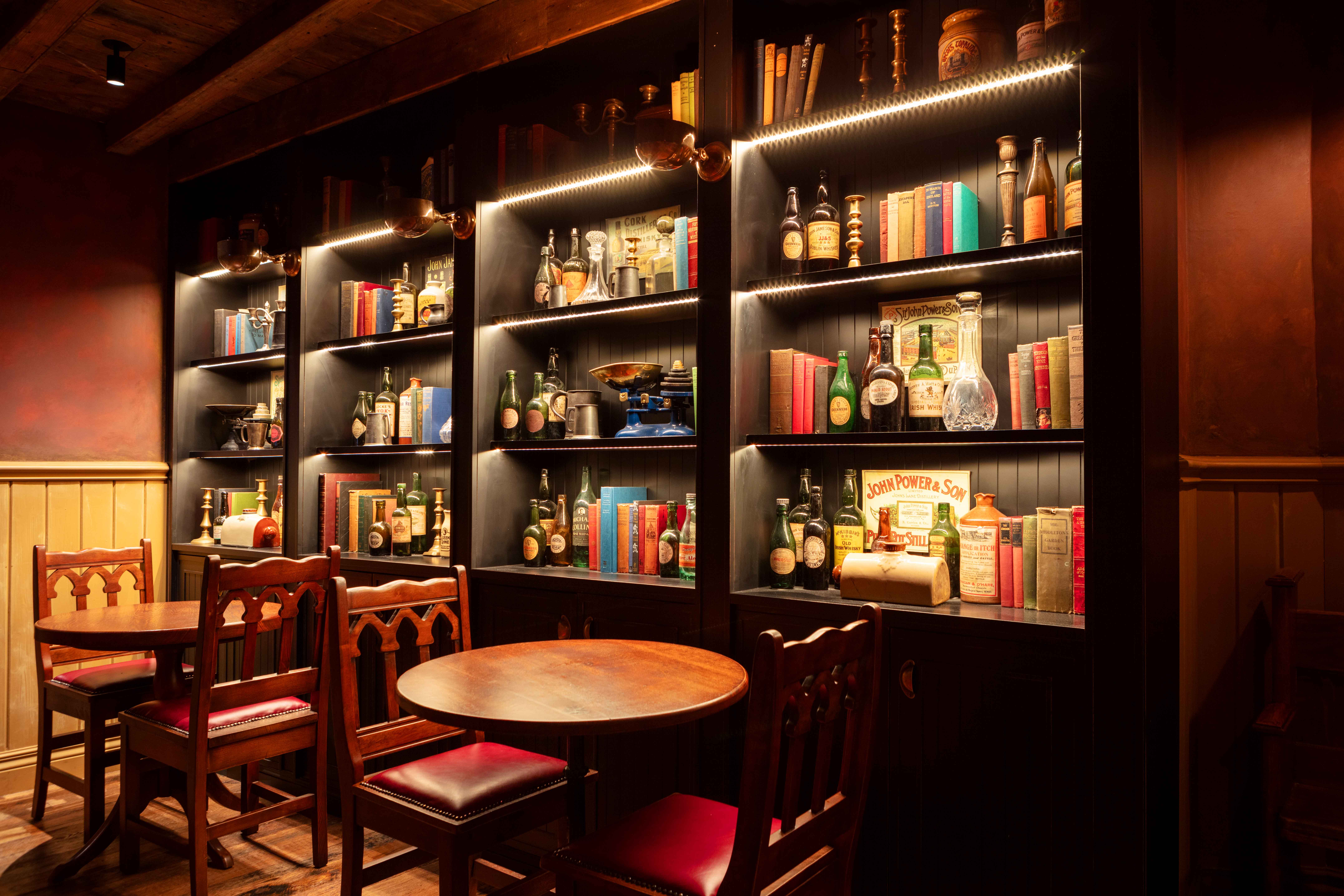Every business, in every sector, is becoming more environmentally aware, sustainability is no longer a nice to have, it’s a must have. Commercial interior design is no exception. The need for sustainable practices in designing commercial spaces has become not only a moral imperative but a strategic choice for businesses seeking long-term success. LEED (Leadership in Energy and Environmental Design) and BREEAM (Building Research Establishment Environmental Assessment Method) have played instrumental roles in promoting sustainability within the field of commercial interior design. In the first of three posts, we'll explore the significance of sustainability in this context and in later posts will explore how LEED and BREEAM contribute to its implementation.
Defining Sustainability in Commercial Interior Design
Before diving into the importance of LEED and BREEAM, it's essential to grasp what sustainability means when it comes to commercial interior design. Sustainability encompasses an array of considerations that extend way beyond aesthetics: environmental responsibility, resource efficiency, human wellbeing, and the long-term viability of the designed spaces. It goes beyond aesthetics to ensure that design choices minimise environmental impact, optimise resource usage, prioritise occupant well-being, and create spaces that endure the test of time.
It’s the practice of creating functional and aesthetically pleasing interior spaces while minimising negative environmental impacts, optimising resource usage, and enhancing the wellbeing of your occupants. It encompasses a wide array of issues, including environmentally responsible material choices, energy efficiency, waste reduction, indoor air quality, and the long-term viability and adaptability of designed spaces.
The aim is to create interiors that promote both environmental and human health, while also considering economic and social factors, to ensure the spaces remain efficient, attractive, and functional for years to come.
1. Environmental responsibility
Sustainability in interior design begins with environmental responsibility. It entails acknowledging and mitigating the environmental impact of the design choices we make. This includes reducing energy consumption, conserving water, minimising waste, and making responsible decisions regarding materials and resources.
2. Resource efficiency
Another cornerstone of sustainable interior design, resource efficiency involves optimising the use of materials and resources throughout the design and construction processes. In effect this means selecting durable, low-maintenance materials and responsibly sourcing them. It also involves reducing waste through practices like reusing or recycling materials whenever possible, cradle to cradle ideally.
3. Human wellbeing
Sustainability in commercial interior design goes beyond environmental concerns to consider the wellbeing of people who use the spaces. It prioritises indoor air quality, proper lighting, ergonomic furnishings, and layouts that promote comfort and productivity. Recognising the well-being of occupants as crucial is an integral aspect of any sustainable design.
4. Long-term viability
Lastly, sustainability means ensuring the long-term viability of the spaces created. It means designing for durability and adaptability, so that spaces can evolve and remain functional for years to come. This not only reduces the need for frequent renovations but also conserves resources and cuts costs over time.
As businesses increasingly recognise the value of sustainability, it becomes clear that sustainable interior design is not just a trend—it's the future of commercial design. By embracing sustainability, Studio Eunan Byrne can create spaces that are not only aesthetically pleasing but also environmentally responsible, economically viable, and conducive to the well-being of their occupants.
LEED and BREEAM certification systems play integral roles in promoting and measuring sustainability. If you want to learn more about sustainability in commercial interior design, read more on LEED and BREEAM certifications. Or contact Eunan today.




